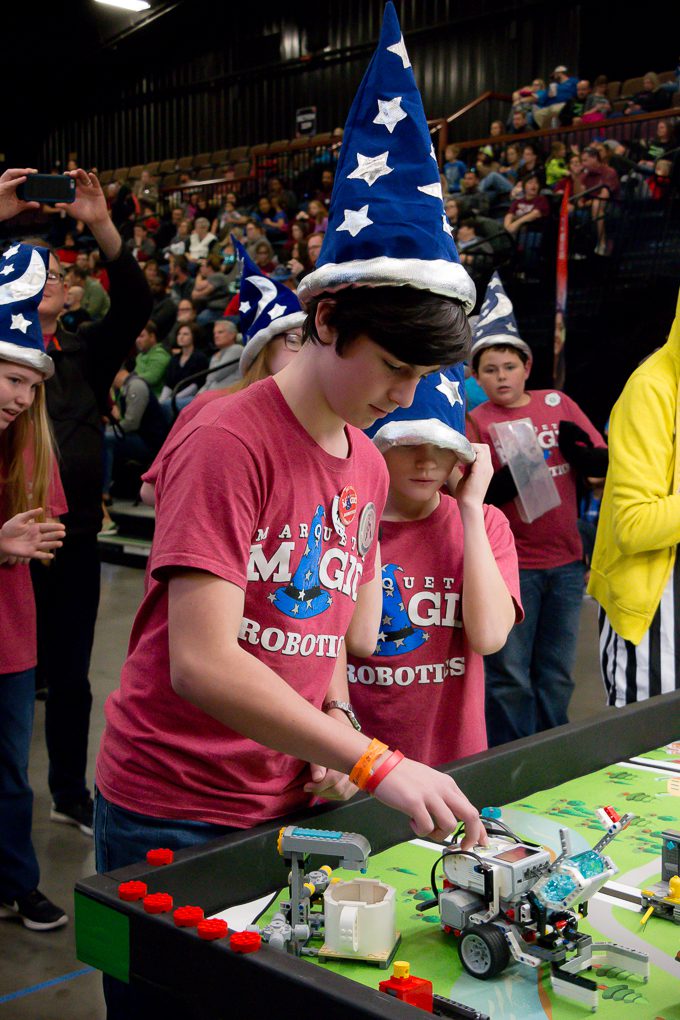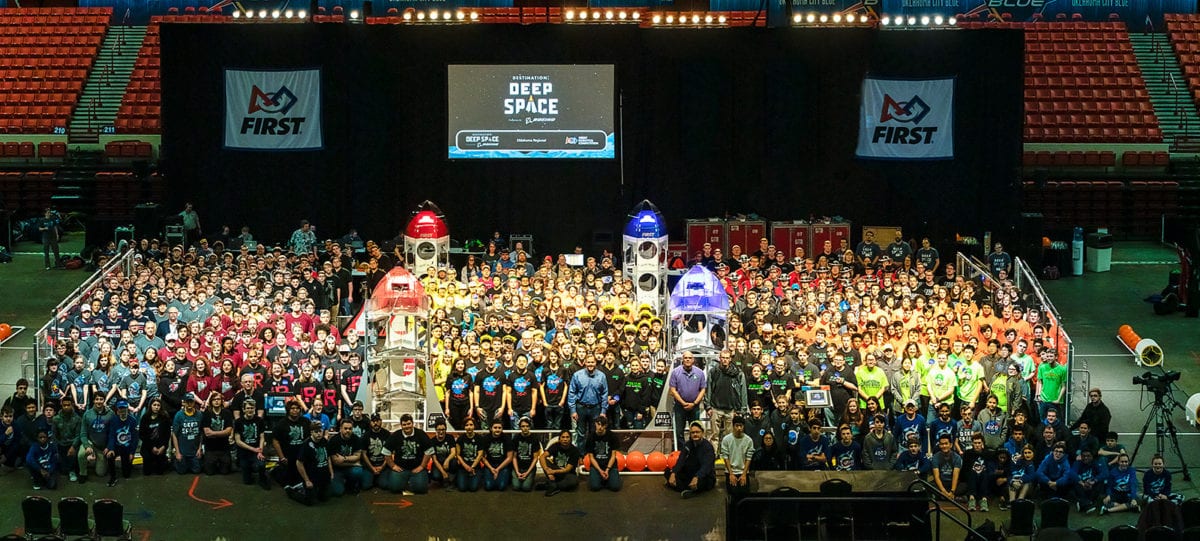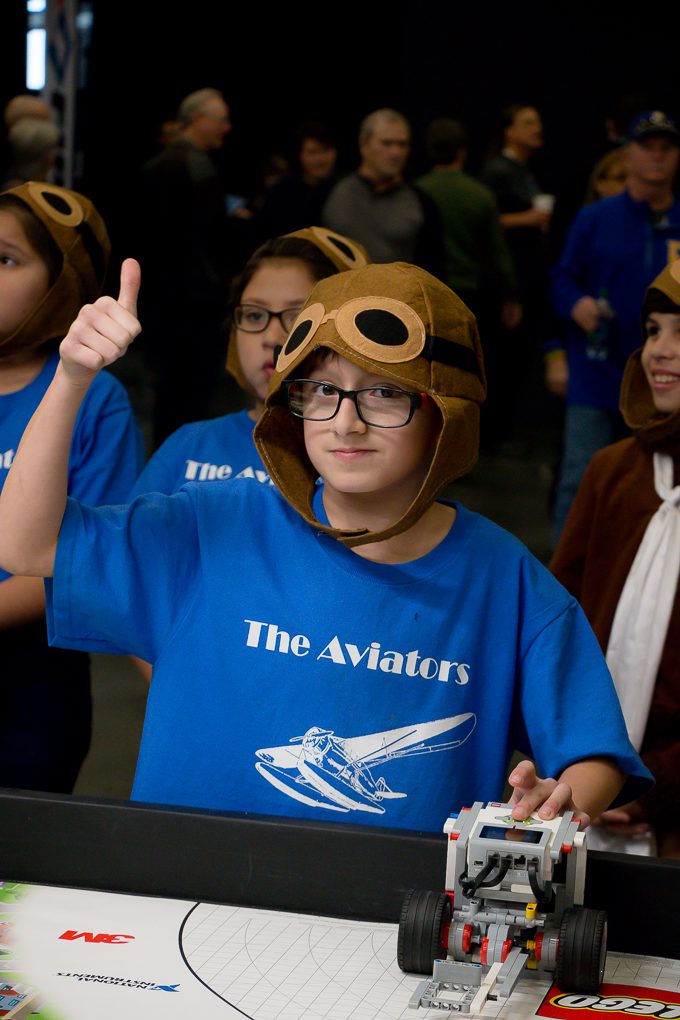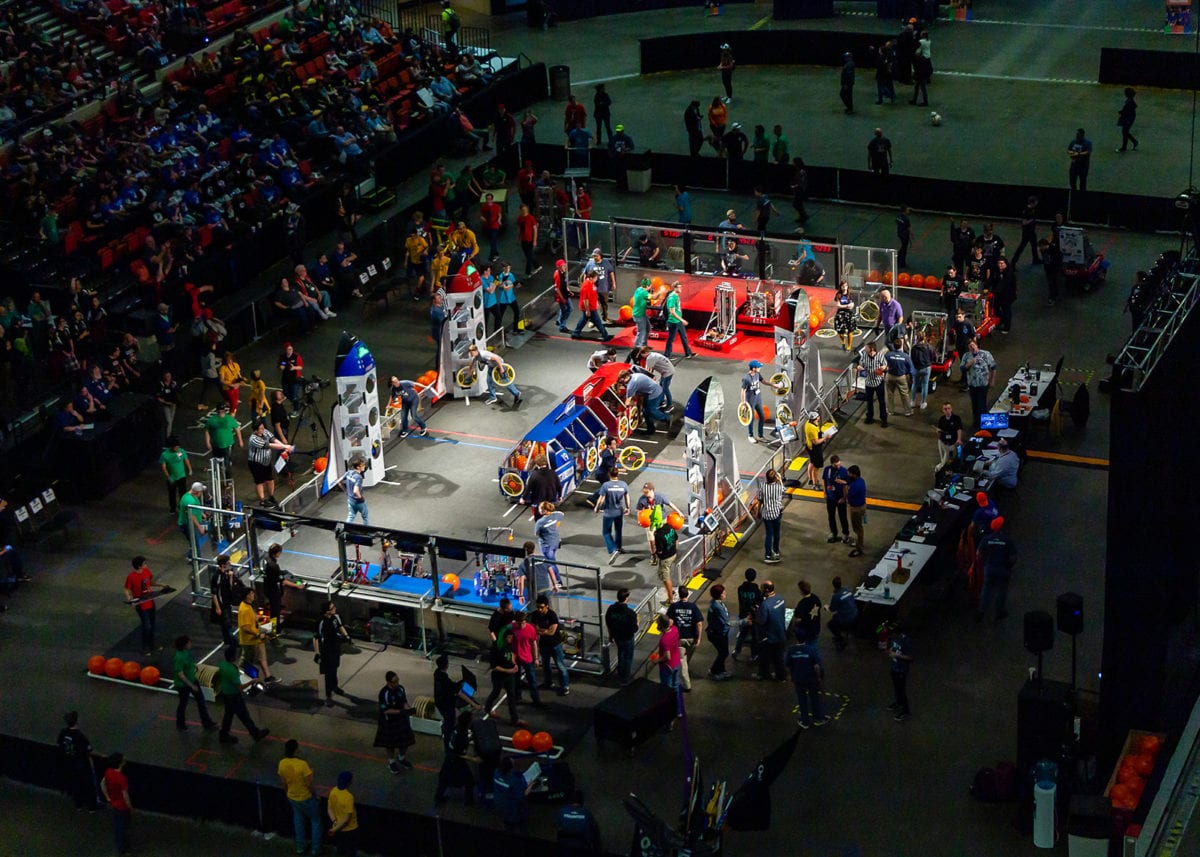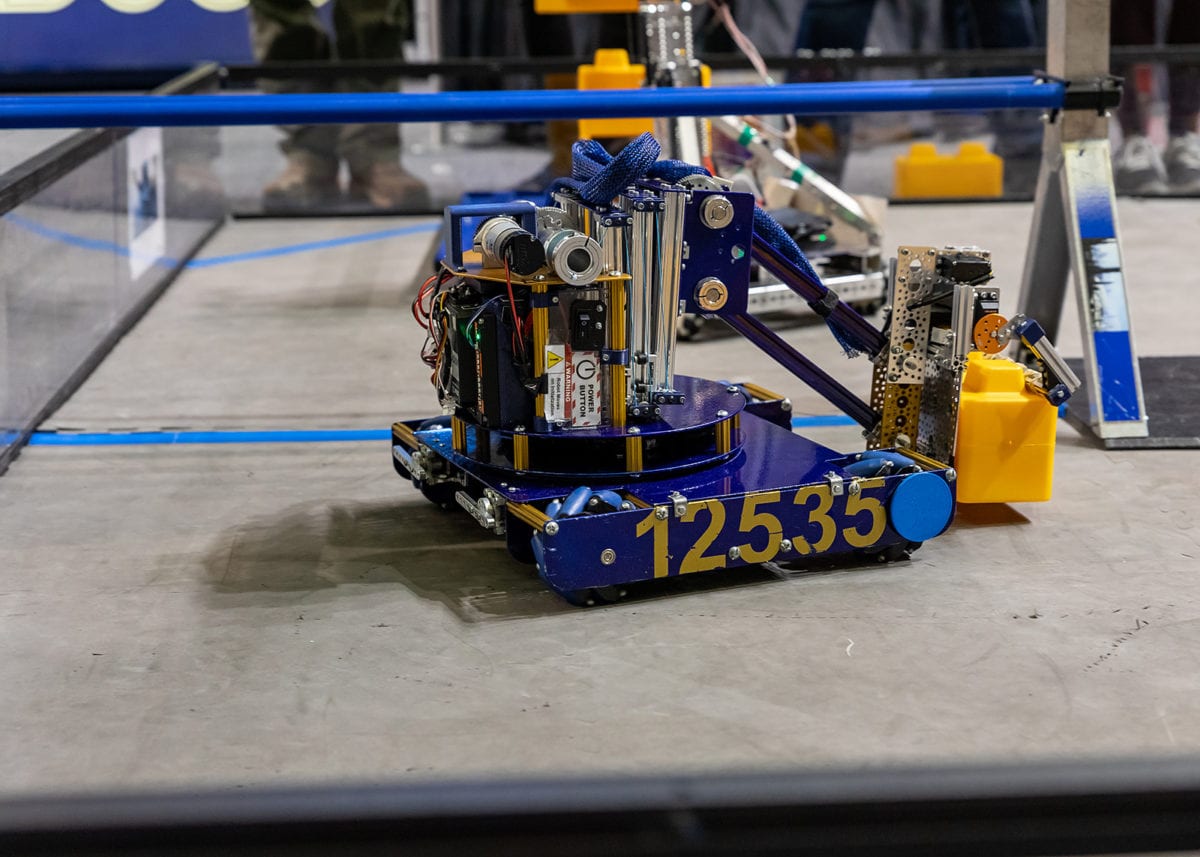Robotics creations from Oklahoma’s children and young adults educate and entertain, and clubs are continuing with a few pandemic restrictions. Every year in Oklahoma, more than 5,000 students visit the FIRST Robotics Competition to strut their technical stuff, with children as young as kindergartners up to high school seniors joining in the fun. In order to prepare for such competitions, clubs around Oklahoma help mold science-savvy future professionals, with after-school opportunities to learn STEM skills via hands-on computer aided design, mechanical assembly and collaborative competition among peers.
“The competition, right now, is mostly virtual,” says Harold Holley, the competition’s Oklahoma director. “We usually reserve space for 1,000 spectators and media. But right now, we’re finding other way for teams on the local levels to demonstrate their prowess where they are. Some teams meet virtually, some are in person and socially distanced, and all are following the rules, as its documented live on Zoom, with judges watching from afar as the teams complete their missions.”
Adults and college students participate as mentors and coaches by providing assistance in everything from budget creation to planning the steps to execute an ideal robotic design, says Holley.
For those feeling intimidated, you don’t have to be an engineering student to participate. Small children competing start with Legos and, as age and experience progress, “it gets very technical, using professional, industry-level components and the same lab-use software that engineers use,” says Holley.
“When they compete, it’s different than typical high school competitions, like football team versus team. In most robotics competitions, alliances are formed with other schools, and your alliance is also competing with other alliances; the alliance is what wins,” he continues. “It teaches gracious competition, because every two and a half minutes, your alliance partner changes, and your ‘enemy’ turns into your partner, and you don’t want to, for example, break a partner’s robot from completing a challenge, like stacking cubes or climbing. You work together as alliances to score points in each round to add up to an average score. At the end of the tournament, it goes into a championship round.”
Robotics is an all-ages endeavor with many facets, says Xan Black, executive director of the Tulsa Regional STEM Alliance.
“Robotics have been around a long time, gaining popularity in the past two decades especially,” says Black. “FIRST Robotics is a huge, internationally popular program and includes partners like the Office of Naval Research, for example, for underwater robotics. There’s a lot of different types, including air, land and sea robots that students can build and compete with as a team.”
Student creations can get extremely technical on the high school level, says Black, with robots completing tasks like throwing a Frisbee into a small slot, dumping recycling bins or other complicated maneuvers, some inspired by current events.
Photos by Cynthia White Photography
“When the teens were rescued from that cave in Indonesia, that led to more water competitions where the robotics are tasked with retrieving an object through obstacles,” says Black. “This teaches kids of real-world relevance. We want this hobby to help them see jobs in Oklahoma, with ties to Williams, American Airlines and many more, and for them to see a way forward with science.”























